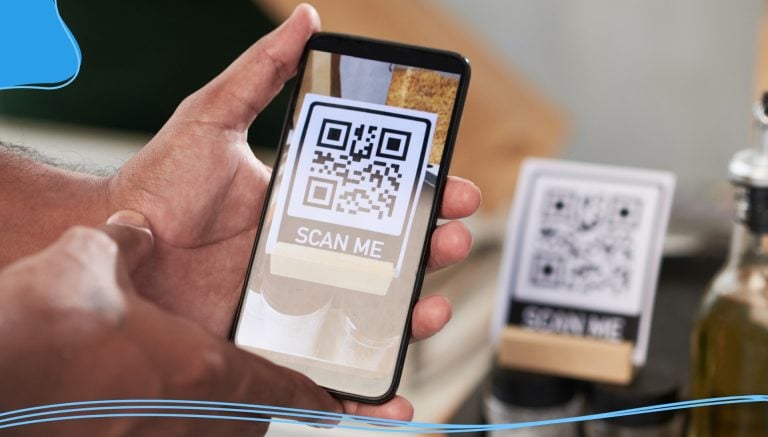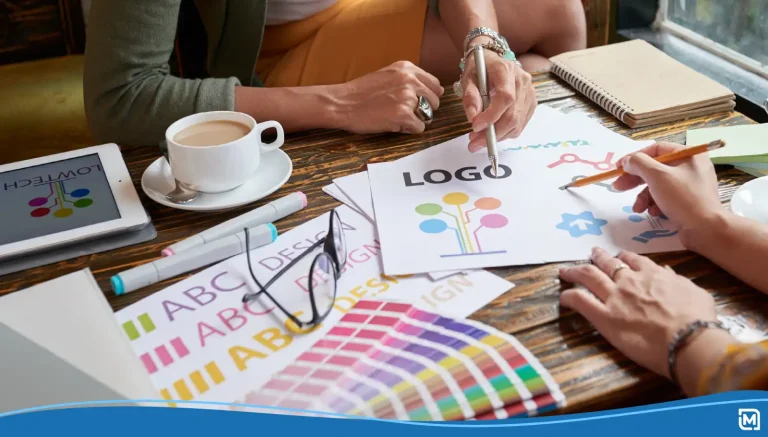 For the past 10 years or so, it has been common to hear experts (marketers and brand managers) talk about how brands need to create relationships with customers.
For the past 10 years or so, it has been common to hear experts (marketers and brand managers) talk about how brands need to create relationships with customers.
That’s why there are so many brands on Facebook and Twitter—just waiting for you to like them, or comment on your experience with them.
And while you may think that its ridiculous to have a “relationship” with your tooth paste or laundry detergent, the experts are quite adamant.
They want to be friends.
Actually, there’s a very good reason we hear this kind of thing (although the experts may not even know it). And that reason may surprise you.
When we think about brands (and logos) that we like, we use the same part of the brain that we use when we think about our friends.
It’s true.
Researchers in Lisbon and Glasgow recorded brain function when participants assessed real brands (represented by recognizable logo designs) and fake brands (with meaningless but real-looking logos). The fake logos were designed to mimic real brands and their symbols, even though the brands they represented were made-up.
Guess what they found?
When participants recognized a brand, they activated a network in their brains following the cortical midline and parietal brain structures (paracingulate and cingulate gyri, precuneous cortex, angular gyrus, and posterior supramarginal gyrus). These areas are thought to be used in self-knowledge, person/social perceptions, and mentalizing tasks.
Did we lose you?
Let’s say all that in normal English…
When people saw logos they recognized, their brains lit up in the same areas where we form opinions about ourselves, recognize other people, and form empathy-based relationships.
Or even more simply: we appear to think about familiar brands (and logos) the same way we think about our selves and our friends.
When participants saw the fake brands, this response was absent.
More from the study:
“Our results suggest that, conceptually, individuals do not think about brands as they think about trivial objects or animals, but in the same plane and using the same cognitive processes supported by the same brain network, they think about their confederates, and in this sense, humans have a special cognition toward brands…
The means that the relationships that humans maintain with brands may be more than a convenient metaphor. In fact, we claim that if the cognitive processes that subserve human-human and human-brand relationships are biologically the same, there [is not a] space for a distinction.”
So, all that talk about brands having relationships with customers? Maybe there’s something to it. Though, let’s be honest, this phenomena is most likely to happen with brands you truly love—lifestyle brands and brands you purposely choose to use.
And if the above research is true, then brand owners need to give more thought to how they are speaking to customers.
Do you talk to them like friends? Because that may be how they see your brand.
On the other hand, there are a few products that don’t need this kind of relationship.
For more cool facts about brands, logos, and science, check out this infographic that details how brains see logos. And you can create your own brand here.



